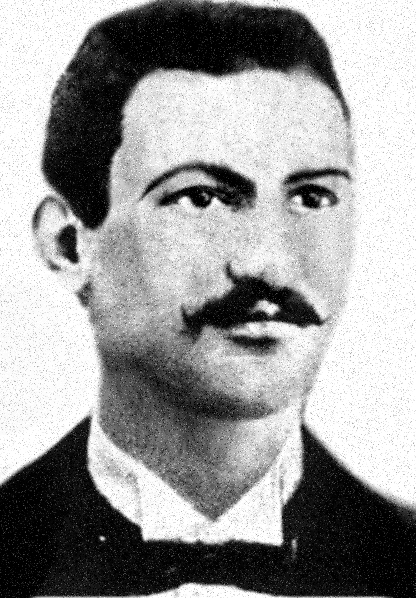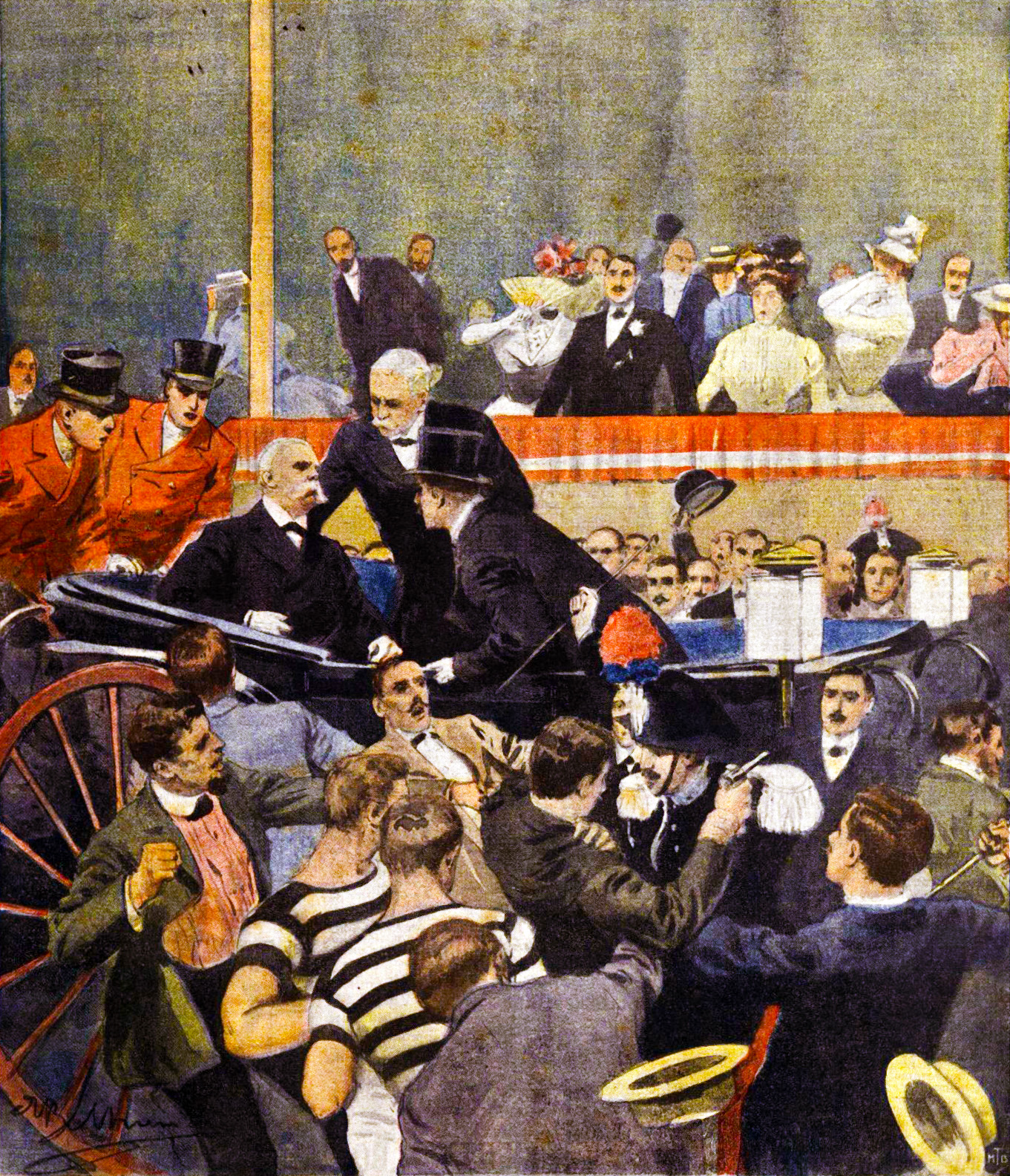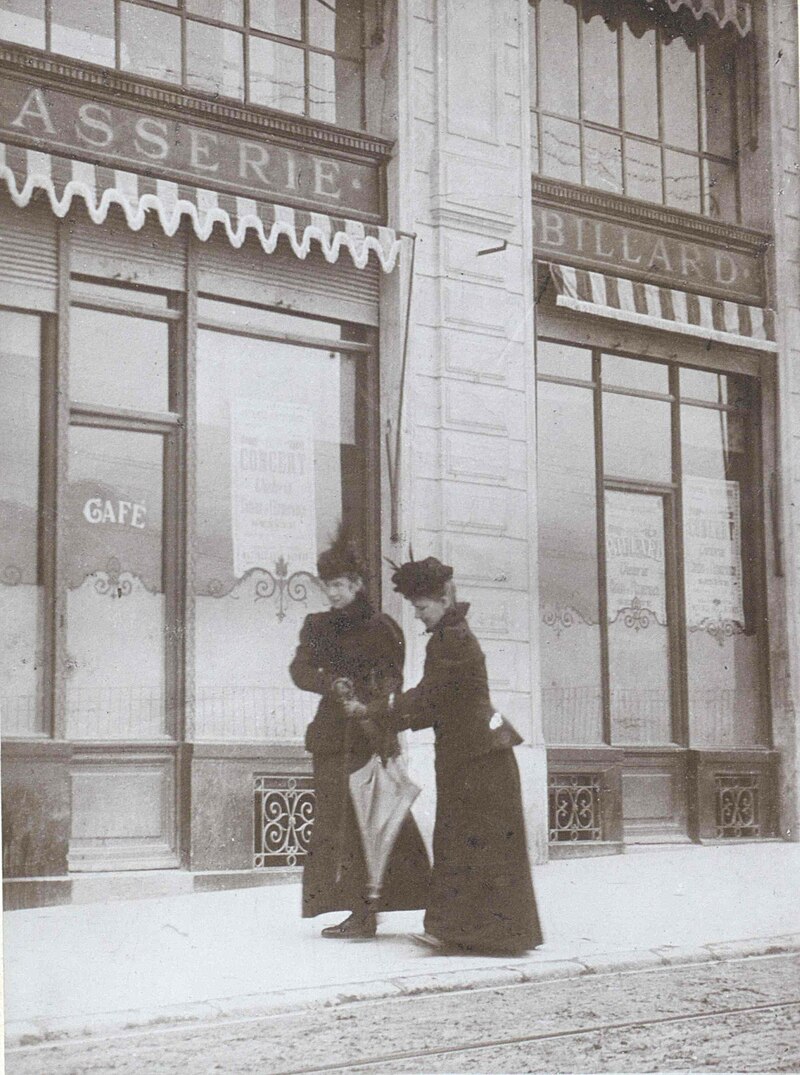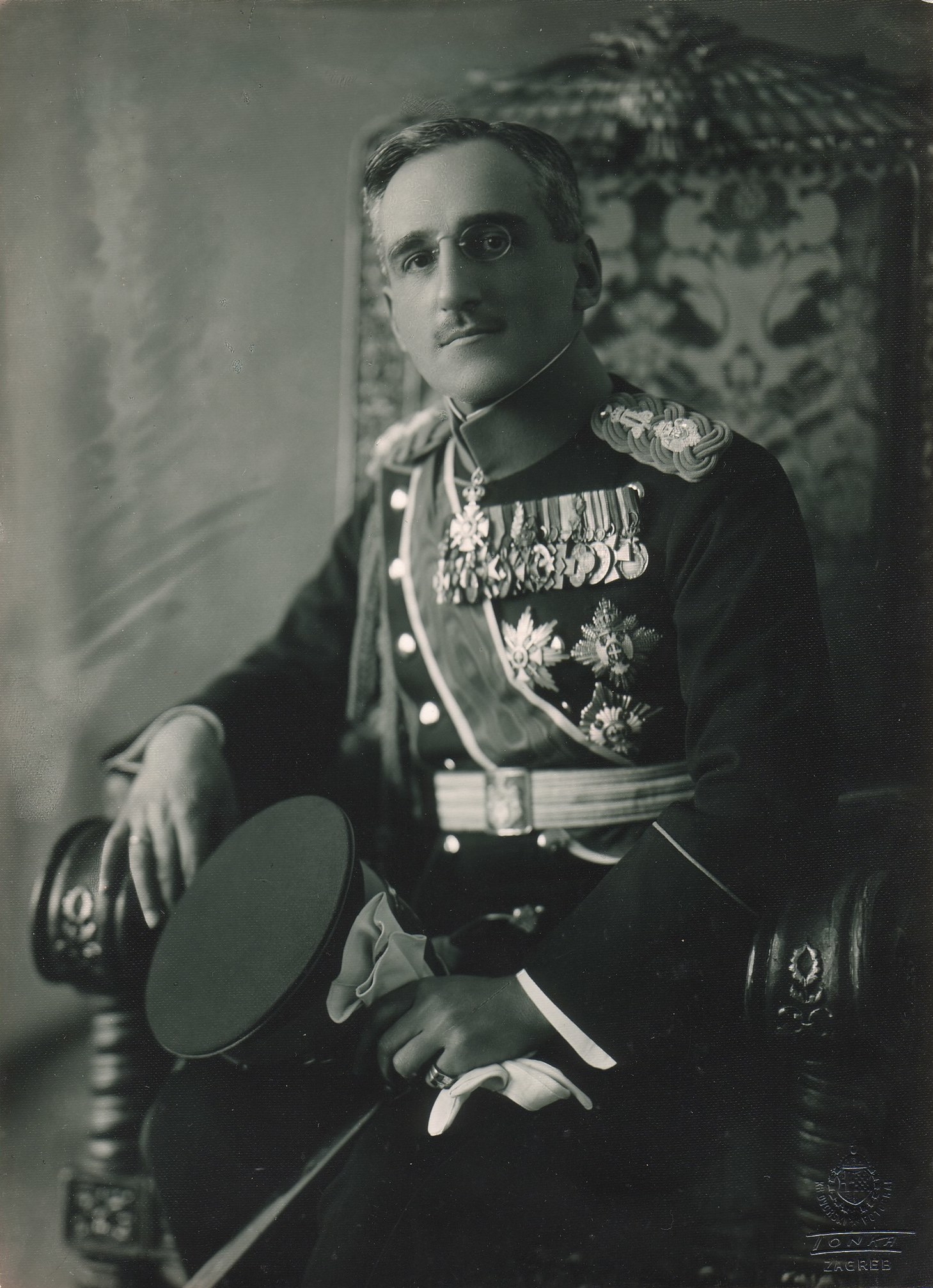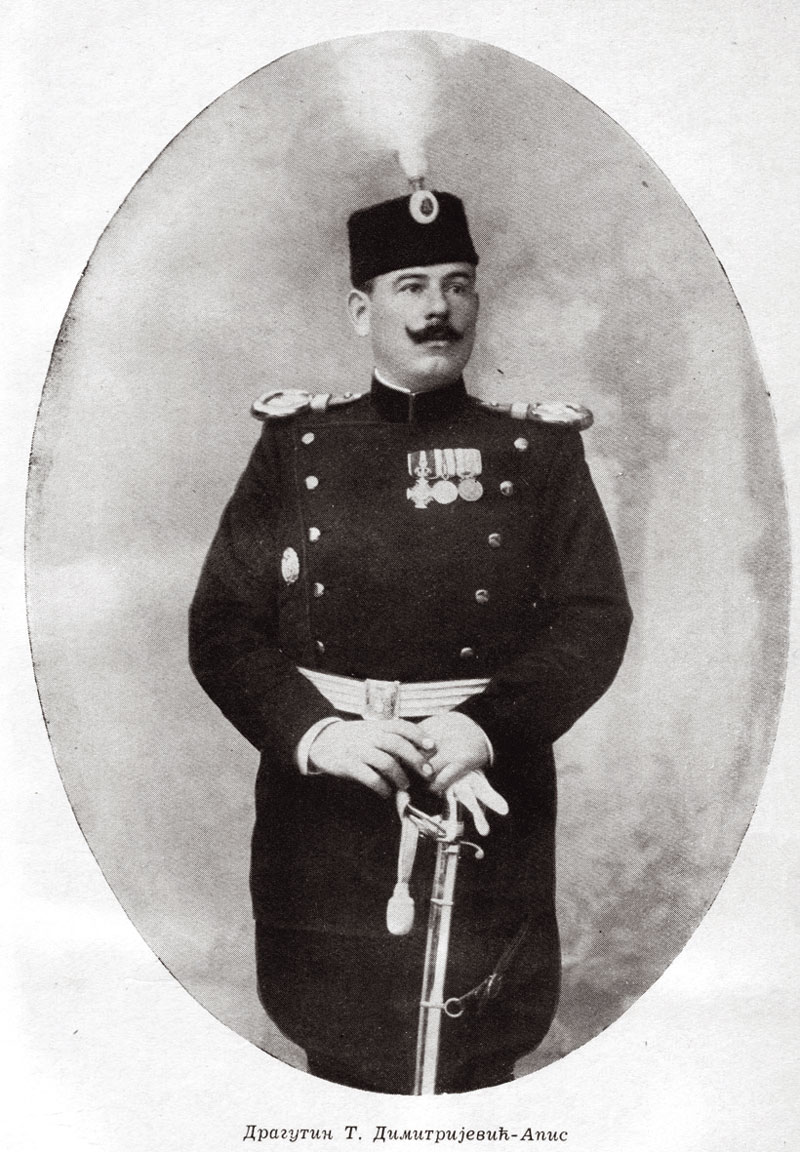by Susan Flantzer © Unofficial Royalty 2020
Henry VI, King of England died at the Tower of London during the night of May 21, 1471, most likely murdered on the orders of Edward IV, King of England.
Henry VI, King of England

Henry VI, King of England; Credit – Wikipedia
Henry VI, King of England, born on December 6, 1421, at Windsor Castle in Windsor, England, is the youngest ever English monarch. He was the only child of Henry V, King of England and Catherine of Valois, the daughter of King Charles VI of France. Henry VI’s father, a warrior king, the victor against the French at the Battle of Agincourt, was determined to conquer France once and for all, but he succumbed to dysentery, a disease that killed more soldiers than battle, on August 31, 1422, at the age of 35, leaving a nine-month-old son to inherit his throne. On October 21, 1422, Henry VI became the titular King of France upon his grandfather Charles VI’s death in accordance with the Treaty of Troyes.
Henry VI, more interested in religion and learning than military matters, was not a successful king. He was shy, peaceful, and pious, hated bloodshed and deceit, and was not a warrior like his father. When it was time for him to marry, his advisers persuaded Henry that the way to achieve peace with France was to marry Margaret of Anjou, the niece of King Charles VII of France. Margaret was to prove as strong as Henry was weak. Henry and Margaret had one child, born eight years after their marriage: Edward of Westminster, Prince of Wales.
Shortly before his son was born, Henry VI had a mental breakdown. He was unable to recognize or respond to people for over a year. These attacks may have been hereditary. Henry’s maternal grandfather King Charles VI suffered from similar attacks, even thinking he was made of glass. Sometimes Henry also had hallucinations which makes some modern medical experts think he may have had a form of schizophrenia. Porphyria, which may have afflicted King George III, has also been suggested as a cause. During Henry’s incapacity, Richard Plantagenet, 3rd Duke of York and the next in line to the throne after Henry’s son, governed as Lord Protector.
Planting the Seeds of the Wars of the Roses: Lancaster versus York

The Red Rose of the House of Lancaster and the White Rose of the House of York; Credit – Wikipedia
Even before the birth of Henry VI’s son, factions were forming and the seeds of the Wars of the Roses were being planted. Henry VI was the great-grandson of John of Gaunt, Duke of Lancaster (third son of Edward III) and the grandson of Henry IV, the first king of the House of Lancaster who had deposed his first cousin Richard II, the childless, only surviving child of Edward III’s eldest son Edward, Prince of Wales (The Black Prince) who had predeceased his father.
Margaret believed her husband was threatened with being deposed by Richard Plantagenet, 3rd Duke of York who thought he had a better claim to the throne and would be a better king than Henry. Richard was a descendant of two sons of King Edward III. When Henry IV, the son of John of Gaunt, Edward III’s third son, deposed his cousin Richard II, the heirs of Edward III’s second son Lionel of Antwerp, Duke of Clarence were bypassed. Richard Plantagenet, 3rd Duke of York was the senior heir of Lionel of Antwerp. He was also the senior heir of Edward III’s fourth son Edmund of Langley, Duke of York.
Henry VI’s wife Margaret aligned herself with Edmund Beaufort, 2nd Duke of Somerset, a grandson of John of Gaunt, Duke of Lancaster. After Henry’s recovery in 1455, Richard Plantagenet, 3rd Duke of York was dismissed, and Margaret and the Duke of Somerset became all-powerful. Eventually, things came to a head between the Lancastrians and the Yorkists, and war broke out.
The Wars of Roses in a Nutshell

Battle of Tewkesbury; Credit – Wikipedia
The Wars of the Roses, fought between 1455 and 1487, was a series of English civil wars for control of the throne of England fought between supporters of two rival cadet branches of the royal House of Plantagenet, the House of Lancaster and the House of York.
At the First Battle of St. Albans on May 22, 1455, Edmund Beaufort, 2nd Duke of Somerset was killed. Afterward, there was a peace of sorts, but hostilities started again four years later. On July 10, 1460, Henry VI was captured at the Battle of Northampton and forced to recognize Richard Plantagenet, 3rd Duke of York as his heir instead of his own son. Margaret of Anjou rallied the Lancastrian forces and was victorious at the Battle of Wakefield on December 29, 1460. Richard Plantagenet, 3rd Duke of York and his second son Edmund, Earl of Rutland were both killed in the battle.
The leader of the Yorkists was now the late Duke of York’s eldest son Edward, Earl of March (later Edward IV, King of England). During the Second Battle of St. Albans on February 17, 1461, Henry VI’s freedom was secured and it is said that he laughed and sang insanely throughout the battle. The Yorkists regained the upper hand at the Battle of Towton on March 29, 1461. Edward, Earl of March defeated the Lancastrian forces in a snowstorm. Henry fled to Scotland, and England had a new king, Edward IV from the House of York.
Henry VI returned from Scotland in 1464 and participated in an ineffective uprising. In 1465, Henry was captured and taken to the Tower of London. Margaret of Anjou, exiled in France, wanted to restore the throne to her husband. Coincidentally, King Edward IV had a falling out with his major supporters, his brother George, Duke of Clarence and Richard Neville, 16th Earl of Warwick, known as the Kingmaker. Margaret, Clarence, and Warwick formed an alliance at the urging of King Louis XI of France. Edward IV was forced into exile, and Henry VI was restored to the throne on October 30, 1470. However, once again, Edward IV got the upper hand. Edward IV returned to England in early 1471 and Warwick was killed at the Battle of Barnet. The final decisive Yorkist victory was at the Battle of Tewkesbury on May 4, 1471, where Henry’s 16-year-old son Edward of Westminster, Prince of Wales was killed.
What happened to Henry VI?
Traditional site of Henry VI’s death in the Wakefield Tower; Credit – Wikipedia
After the Lancaster loss at the Battle of Barnet on April 14, 1471, Henry VI was taken to the Tower of London. Traditionally, Henry was said to have been imprisoned at the Wakefield Tower, the second largest tower at the Tower of London. However, the Offical Guidebook of the Tower of London says that “long before Henry VI’s imprisonment the Wakefield Tower had become a storehouse for official documents, and it is more likely that he was imprisoned in the Lanthorn Tower where the King’s lodging were.”
In mid-May 1471, Thomas Neville, Viscount Fauconberg, an illegitimate son of William Neville, 1st Earl of Kent (a grandson of John of Gaunt), made a failed attack on London with the goal of freeing Henry VI from the Tower of London. The action of Fauconberg, who was later beheaded, may have caused Edward IV to realize the danger of keeping Henry VI alive.
On May 21, 1471, King Edward IV made a triumphant entry into London led by his brother Richard, Duke of Gloucester (the future King Richard III). During the night of May 21, 1471, the same day Edward IV had returned to London, Henry VI died at the age of 49. The official Yorkist chronicler wrote that due to his defeat and the death of his son, Henry VI died “of melancholy.” However, it is far more probable that Henry VI was murdered on the order of Edward IV. Traditionally, it has been said that Henry was murdered while praying at a small oratory in the Wakefield Tower. Apparently, there is evidence that Richard, Duke of Gloucester was in the Tower of London that night and there has been speculation that he killed Henry.
The next day, Henry VI’s body was placed in an open coffin and carried through London to Old St. Paul’s Cathedral where it was displayed for several days for the people to see that he was really dead. Henry’s coffin was then taken to the Blackfriars Monastery in London where the funeral service was conducted. The coffin was then loaded on a barge for a fifteen-mile journey up the Thames for burial in the Lady Chapel at Chertsey Abbey in Chertsey, Surrey, England. Henry’s burial site at Chertsey Abbey soon became a popular pilgrimage site. On August 12, 1484, Henry VI’s body was exhumed on the order of King Richard III, brother of King Edward IV, and moved to St. George’s Chapel at Windsor Castle in Windsor, England. Ironically, the burial sites of King Henry VI and his rival King Edward IV lie opposite each other in eternal peace.

Tomb of Henry VI; Credit – findagrave.com
In 1910, Henry VI’s body was exhumed and examined. His skull was discovered to be in pieces, which may or may not be the result of a violent death. Some of the remaining hair was matted with a substance that looked like blood. It is possible that a blow to the head could have been the cause of death, but without further forensic examination, the exact cause of Henry VI’s death is still a matter of speculation.
Aftermath

Henry Tudor, the son of Henry VI’s half-brother and the founder of the House of Tudor; Credit – Wikipedia
King Edward IV of the House of York reigned until his death in April 1483 when he was briefly succeeded by his 12-year-old son as King Edward V. Edward V and his brother Richard were sent to the Tower of London by their uncle Richard, Duke of Gloucester who then reigned as King Richard III. The two young princes, known as the Princes in the Tower, were seen less and less until the end of the summer of 1483 when they disappeared from public view altogether. Their fate is unknown and remains one of history’s greatest mysteries.
Henry VI had half-siblings from his mother’s second marriage to Owen Tudor, one of whom was Edmund Tudor, 1st Earl of Richmond who married Lady Margaret Beaufort, niece of Edmund Beaufort, 2nd Duke of Somerset. Their son Henry Tudor (the future King Henry VII), eventually was the senior male Lancastrian claimant remaining after the Wars of the Roses. In 1485, Henry Tudor won the English throne when his forces defeated the forces of King Richard III, King Edward IV’s brother, at the Battle of Bosworth Field, becoming King Henry VII by the right of conquest. Henry VII married Elizabeth of York, the eldest daughter of the Yorkist King Edward IV, and founded the House of Tudor.
This article is the intellectual property of Unofficial Royalty and is NOT TO BE COPIED, EDITED, OR POSTED IN ANY FORM ON ANOTHER WEBSITE under any circumstances. It is permissible to use a link that directs to Unofficial Royalty.
Works Cited
- Dodson, Aidan. (2004). The Royal Tombs of Great Britain. London: Gerald Duckworth & Co. Ltd.
- Flantzer, Susan. (2015). King Henry VI of England. [online] Unofficial Royalty. Available at: https://www.unofficialroyalty.com/king-henry-vi-of-england/ [Accessed 2 Jan. 2020].
- Henrysixth.com. (2016). KING HENRY VI. [online] Available at: http://www.henrysixth.com/ [Accessed 2 Jan. 2020].
- Jones, Dan. (2014). The Wars of the Roses: The Fall of the Plantagenets and the Rise of the Tudors. New York: Viking.
- Thurley, S., Impey, E. and Hammond, P. (2005). Official Guidebook: The Tower of London. London: Historic Royal Palaces.
- Weir, Alison. (1995). The Wars of the Roses. New York: Ballantine Books.












